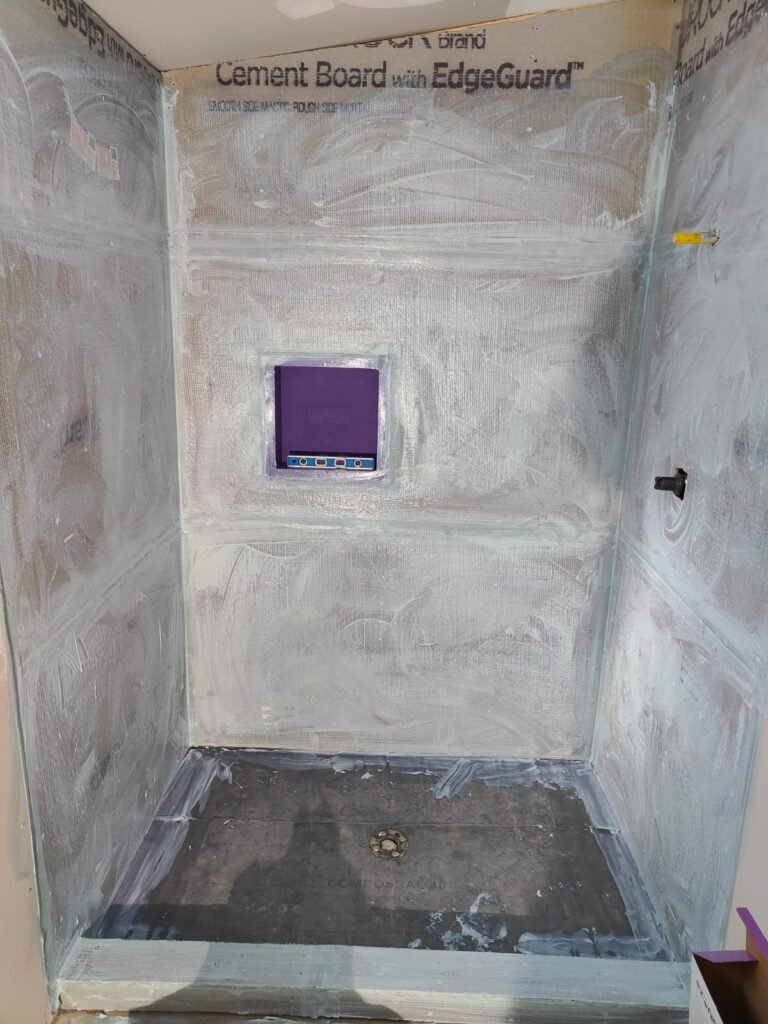- Preparation and Measurement:
- Measure restroom spaces accurately to determine the appropriate size and placement for baths.
- Prepare installation areas by ensuring they are clean, level, and capable of supporting the weight of the bath.
- Positioning and Anchoring:
- Place baths in designated areas, aligning them with existing plumbing connections and ensuring even placement.
- Secure baths to wall studs or floors using appropriate anchors or brackets to prevent movement or instability.
- Plumbing Connection:
- Connect bath waste and overflow assemblies to drain outlets, ensuring tight seals to prevent leaks.
- Attach water supply lines to inlet valves, following manufacturer specifications for proper connection.
- Sealing and Finishing:
- Apply plumber’s putty or silicone sealant around drain and overflow openings to create watertight seals.
- Seal gaps between baths and walls/floors to prevent water leakage.
- Install additional fixtures and accessories, such as faucets and showerheads, as needed.
- Testing and Quality Assurance:
- Conduct thorough testing of installed baths to check for leaks and ensure proper functionality.
- Fill baths with water to verify they hold water without issues and that drainage systems are effective.
- Cleanup and Maintenance:
- Clean up debris and excess sealant from installation areas, ensuring a clean and professional appearance.
- Perform routine maintenance on installed baths as needed, addressing any issues promptly to maintain optimal performance.






